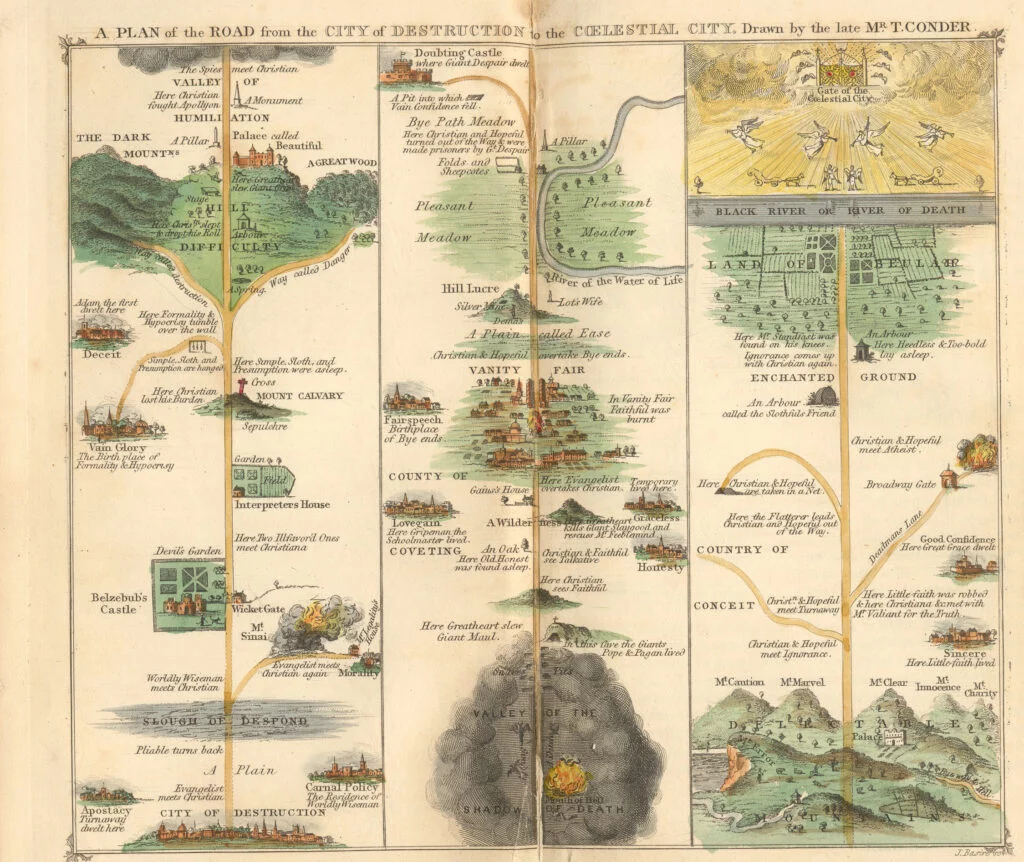
In this post indexer W. Stephen Gilbert discusses one of the trickiest aspects of indexing biographical books: how to deal with index entries for the biographical subject, their works and activities.
Most indexers will be called upon to index a volume that is more or less biographical. Such tasks pose particular and often quite ticklish problems. If an individual is named on every page of the text, is it even necessary to list that person? Usually the answer to listing will be ‘yes’ because that person’s entry will be broken down into myriad aspects. How to deploy these is a major decision, often one that needs to be taken early in the process.
Some biographies are written by (or ghosted on behalf of) the prime subject: autobiographies. Does that necessarily preclude the subject from an index entry? Some editors seem to think so. Arthur Miller’s sturdy autobiography, Timebends, tabulates eight Millers but not the eponym. Moreover, this is one of those indexes that forswears much detail or specificity. Miller’s three wives are simply listed individually by their née names, with no indication of their relation to Miller or their own lives. Their page references are given as mere strings of numbers, respectively 21, 35 and 20 of them, the greater number enjoyed by the middle wife being the only clue that she had the highest public profile in her own right (she was Marilyn Monroe). The titles of Miller’s works are scattered through the index, the name Miller in parentheses placed after each title. Unless you already knew that The Pussycat and the Expert Plumber Who Was a Man was the title of Miller’s first play for radio, you would only find it in the index accidentally.
Similarly, in Richard Ellmann’s Oscar Wilde (which many consider the definitive account), the works are not listed under the entry of the main subject. A note under Wilde declares “WORKS: see under individual titles”. This is sufficient for those readers familiar with, say, Wilde’s essay entitled ‘The Soul of Man under Socialism’, less help for those who lack a comprehensive knowledge of the great man’s oeuvre. Ellmann’s indexer uses a device favoured by many. The Wilde entry is divided into sections under the subheads PRINCIPAL BIOGRAPHICAL EVENTS and PERSONAL CHARACTERISTICS. The first of the Wilde subheads is a chronological list, the second alphabetical. Some indexers present the works under a subheading within the eponym’s main entry. This practice also comes in chronological and alphabetical versions. The former may seem tidy and logical, but it assumes a certain knowledge of that chronology on the reader’s part. But an alphabetical list can present its own challenges if every piece of work is indiscriminately included. The subheading Works in the main index entry of Philip Hoare’s Noël Coward: A Biography introduces a cataract of undifferentiated songs, plays, records, books, films and so on that runs to 39 inches or almost 100 cm of index text. Fight your way through that.
Simon Callow’s Orson Welles: The Road to Xanadu has a curious solution to the Works problem. In the index, directly after Fields, W.C., is the entry films/movies. The reader has to intuit that this means only film works by Welles; other movies (not by Welles) are listed individually. An advantage of this book being the first of a trilogy is that the list of Welles’ achieved and unachieved projects is relatively short; later works such as Chimes at Midnight and F for Fake make their appearances in later volumes. However, though there is a balancing entry for radio work, there is nothing under theatre or stage. Moreover, there is no separate main entry for Welles’ company Mercury Theatre, although it does occur within the long general entry under Welles as Mercury Theatre (1937-8).
The index for Ben Pimlott’s monumental Harold Wilson breaks down the PM’s life into sections within sections: thus, PERSONAL AND PRIVATE LIFE: Early Life, EDUCATION, OXFORD UNIVERSITY and so on. This provides a broad chronological thrust but within each section the entries are alphabetical: birth, the Blitz, the Boy Scout movement, character and temperament… This technique is refined and simplified in an American book, Jean Arthur: The Actress Nobody Knew by John Oller. Under the heading Arthur, Jean, there is a straightforward alphabetical list of notions readers could be expected to look up: early stage productions, and failure of both marriages, family background, female idols, feminism of, filmography, final screen appearances… These subheadings and those in the Wilson book are indented rather than, as in so many extensive and detailed biographical indexes, run on. Indented is surely easier to use. And we all aspire to that. There is more advice and guidance on the various complexities of biographical indexing in Hazel Bell’s Indexing biographies and other stories of human lives (4th edition, 2020), available via the SI website shop. You can find a list of the Society of Indexers members who specialise in biography in our Professional Directory.


